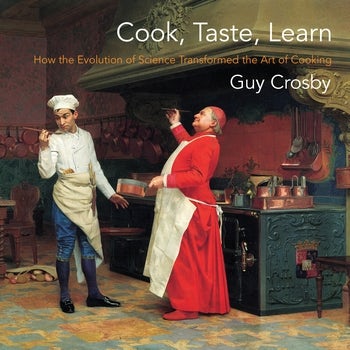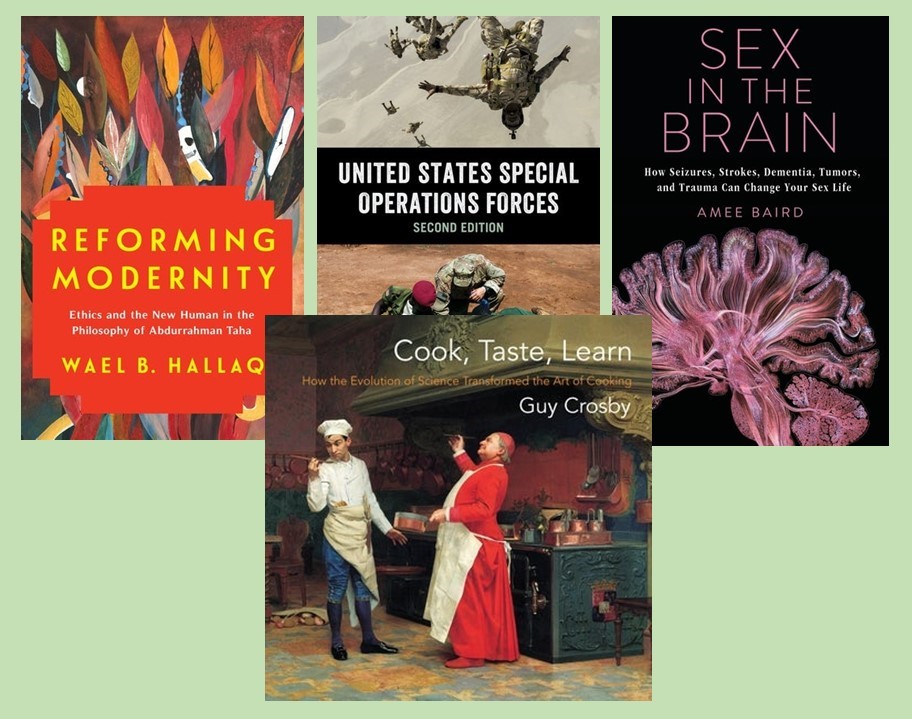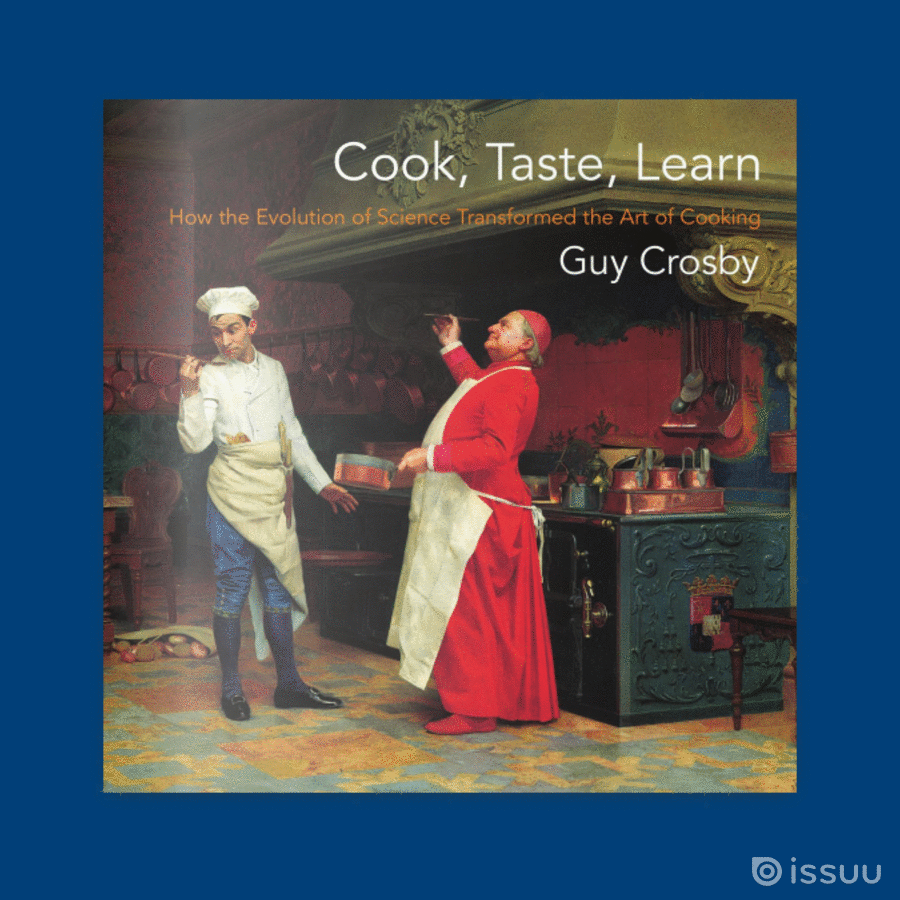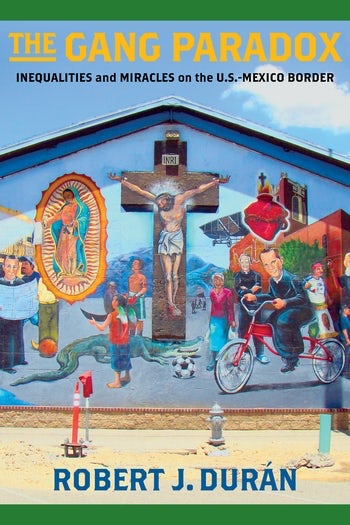Q&A: Guy Crosby on Cook, Taste, Learn
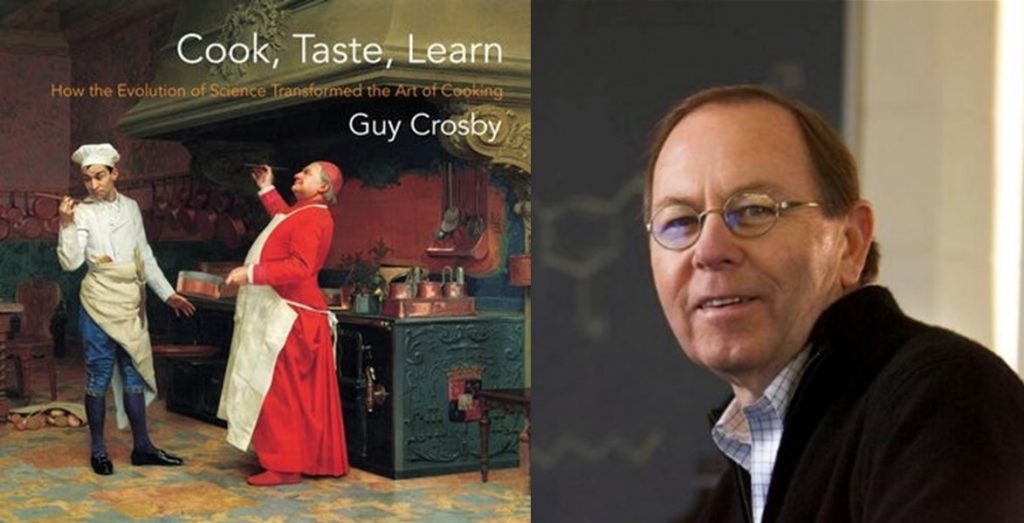
“Cook, Taste, Learn entertains with a smorgasbord of curious facts, delightful explanations, and fun recipes. What is so special about olive oil? Why use one kind of potato for baking and another for boiling? How does one make scrambled eggs fluffy? Crosby’s history of cooking provides a riveting education for your inner chef.”
~Richard Wrangham, author of Catching Fire: How Cooking Made Us Human
With Thanksgiving coming up, food is at the forefront of many people’s minds. For those that need to some meal tips or want to know more about cooking science, Guy Crosby, author of Cook, Taste, Learn: How the Evolution of Science Transformed the Art of Cooking, has you covered. Learn the secret to making the perfect gravy, how to retain the nutritional quality of food and how all this science comes together in his new book.
Enter this week’s book-giveaway drawing for a chance to win a copy of Cook, Taste, Learn!
• • • • • •
Q: What inspired you to write your new book Cook, Taste, Learn?
Guy Crosby: I was fascinated by Professor Richard Wrangham’s popular book Catching Fire: How Cooking Made Us Human in which he argued that cooking food with fire may have started almost 2 million years ago, resulting in bigger brains that gave our early human ancestors a significant evolutionary advantage over all other living species. I thought of how no one has written a book about the evolution of science and how it may have affected cooking. In the course I teach on food science and technology in the nutrition department of the Harvard T. H. Chan School of Public Health, I discuss the effect of cooking on the nutritional quality of food. So why not write a book about how science has evolved from the earliest days of cooking to the present, when the latest scientific research is showing how to prepare more nutritious healthy food. I thought a book of this nature would appeal to home cooks interested in preparing healthy meals as well as those interested in science, history, evolution, food, nutrition, and health.
Q: What is unique about your book that makes it different from other books on cooking science?
GC: The book is composed of three unique elements: First, seven chapters cover a chronological history about how cooking and science evolved and affected each other, interwoven with the lives of the great scientists and chefs who drove the transformation. Second, the book contains almost two dozen brief science sidebars that explain in simple terms the important concepts of food and cooking science that are relevant to specific chapters. Third, a small number of recipes that my wife, Christine, and I love to cook also serve to illustrate the cooking science discussed in each chapter. Each of these elements is printed on different colored pages, allowing the reader to pick and choose what they want to read.
Q: Can you give me some examples of the cooking science you discuss in the science sidebars?
GC: The sidebar called “To Market, to Market” explains how the tenderness, juiciness, and flavor of pork are based on the pH of the meat, which in turn is related to the color of the meat. So darker pork is a much better choice to buy than pale, lean pork. Another sidebar explains why heat and temperature are not the same, and a related sidebar called “Thomas Keller and the Science of Butter-Poached Lobster” explains why poaching in butter is such a gentle method for cooking fish. Yet another sidebar explains the role of water in food, and another discusses the role of water in forming gluten in dough and the factors that affect the strength of gluten. The science explained in each sidebar is related to a specific topic discussed in the chapter.
Q: How about some examples of the recipes in your book, especially those appropriate for the Thanksgiving holiday?
GC: Thanksgiving would not be complete without Christine’s rich brown gravy, as well as her rendition of Julia Child’s brown-braised pearl onions. The two pair incredibly well with roasted turkey (or chicken). The secret to the gravy is to prepare a flavorful stock with finely chopped onion. Research has shown that simmering onions that have been finely chopped for 2-4 hours produces a compound that is the most potent contributor to the flavor of stock and gravy. A related sidebar on making stock explains all of the science. Another explains the science of emulsions and how it relates to preparing a thick velvety sauce or gravy. The recipe for Julia Child’s brown-braised onions explains how the cooking process leads to the formation of high levels of glutamate and nucleotides to produce an intense umami flavor. There is also a recipe for wonderful healthy creamy mashed cauliflower as an alternative to traditional mashed potatoes. The method of preparation results in very little loss of the vitamins and minerals along with the enhancement of healthy soluble fiber and optimum flavor.
Q: Can you discuss how cooking science increases the nutritional quality of food?
GC: Research shows how some vitamins and minerals are leached from food during cooking in water, and that a factor as simple as the volume of water used for cooking will affect the loss of vitamins and minerals. In this case, steaming is best for retaining vitamins and minerals. The recipe for creamy mashed cauliflower is an example in which a minimum amount of water is used to cook the cauliflower, and all of the water containing the nutrients and phytochemicals is retained with the cauliflower. Cauliflower is a member of the cruciferous vegetable family that has been shown to reduce the risk of developing a number of cancers. Another example is one in which sautéing a variety of vegetables, including kale, Brussels sprouts, cabbage, and mustard greens, releases soluble fiber that binds and lowers the level of cholesterol in the blood. Finally, cooking greatly increases the release and absorption of carotenoids (the colored pigments in food such as tomatoes and carrots) into the blood. For example, the red pigment in cooked tomatoes called lycopene significantly reduces the risk of prostate cancer in men. We are just beginning to learn how cooking influences the nutritional quality of food.
Q: The book has a very colorful, eye-catching cover. How does it relate to the book?
GC: As soon as I saw this painting, I knew it had to be the cover for the book. The older cardinal dressed in his bright red-colored outfit represents the art of cooking. He is obviously very pleased with his “marvelous sauce” (the name of the painting), perhaps having received some heavenly guidance in its preparation. The younger chef tasting the sauce appears skeptical. Using the scientific process of cooking, tasting, and learning he thinks he can make the sauce even better. So the young chef represents the science of cooking. One of my passions from an early age has been painting. I spent significant time selecting the artwork for the book, including several of my own works of art, some of which I prepared specifically for this book.
Explore more books in the Arts and Traditions of the Table: Perspectives on Culinary History series, and save 30% when you order from our website by using coupon code: CUP30 at checkout!

